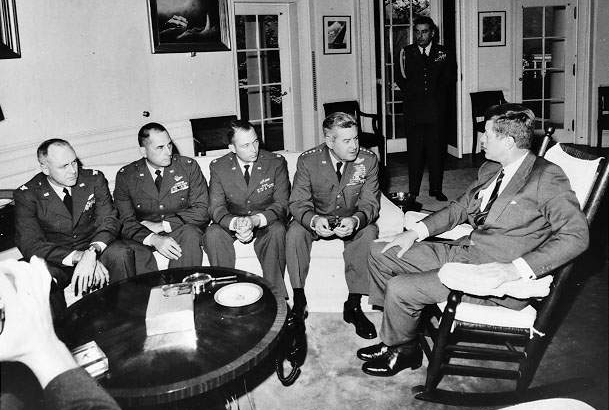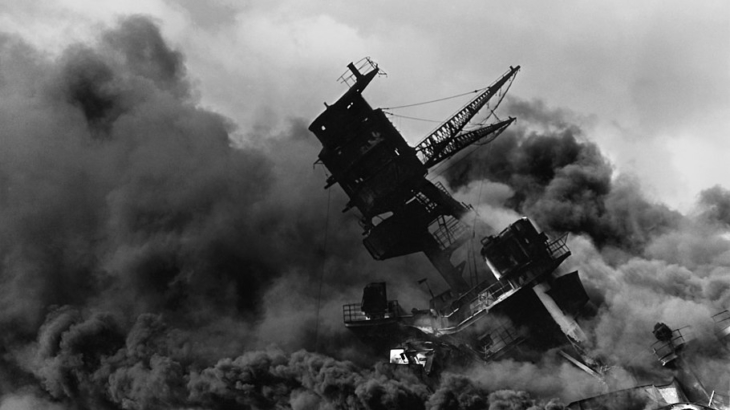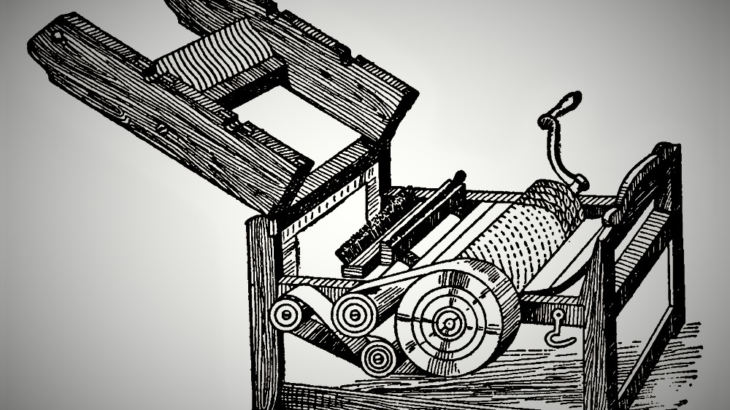The Cold War was a time of immense tension between the world’s superpowers, the Soviet Union and the United States. However, the two never came into direct conflict during the first decade and a half and rather chose to pursue proxy wars in order to dominate the geopolitical landscape. The Cuban Missile Crisis of October 1962 threatened to reverse this course by turning the war “hot” as the leader of the free world and the leader of the world communist revolution squared off in a deadly game of nuclear cat and mouse.
At the beginning of the 1960s, some members of the Soviet Union’s leadership desired more aggressive policies against the United States. The small island of Cuba, located a mere 100 miles off the coast of Florida, provided Russia with an opportunity. Cuba had recently undergone a communist revolution and its leadership was happy to accept Soviet intervention if it would minimize American harassments like the failed Bay of Pigs invasion in 1961. Soviet Premier Nikita Khrushchev offered to place nuclear missiles on Cuba, which would put him within striking range of nearly any target on the continental U.S. The Cubans accepted and work on the missile sites began during the summer of 1962.
Despite an elaborate scheme to disguise the missiles and the launch sites, American intelligence discovered the Soviet scheme by mid-October. President John F. Kennedy immediately convened a team of security advisors, who suggested a variety of options. These included ignoring the missiles, using diplomacy to pressure the Soviets to remove the missiles, invading Cuba, blockading the island, and strategic airstrikes on the missile sites. Kennedy’s military advisors strongly suggested a full-scale invasion of Cuba as the only way to defeat the threat. However, the president ultimately overrode them and decided any attack would only provoke greater conflict with the Russians. On October 22, Kennedy gave a speech to the American people in which he called for a “quarantine” of the island under which “all ships of any kind bound for Cuba, from whatever nation or port, will, if found to contain cargoes of offensive weapons, be turned back.”
The Russians appeared unfazed by the bravado of Kennedy’s speech, and announced they would interpret any attempts to quarantine the island of Cuba as an aggressive act. However, as the U.S. continued to stand by its policy, the Soviet Union slowly backed down. When Russian ships neared Cuba, they broke course and moved away from the island rather than challenging the quarantine. Despite this small victory, the U.S. still needed to worry about the missiles already installed.
In the ensuing days, the U.S. continued to insist on the removal of the missiles from Cuba. As the haggling between the two nations continued, the nuclear launch sites became fully operational. Kennedy began a more aggressive policy that included a threat to invade Cuba. Amidst these tensions, the most harrowing event of the entire Cuban Missile Crisis occurred. The Soviet submarine B-59 neared the blockade line and was harassed by American warships dropping depth charges. The submarine had lost radio contact with the rest of the Russian navy and could not surface to refill its oxygen. The captain of B-59 decided that war must have broken out between the U.S. and Soviet Union, and proposed that the submarine launch its nuclear missile. This action required a unanimous vote by the top three officers onboard. Fortunately, the executive officer cast the lone veto vote against what surely would have been an apocalyptic action.
Eventually, Khrushchev and Kennedy reached an agreement that brought an end to the crisis. The Russians removed the missiles from Cuba and the U.S. promised not to invade the island. Additionally, Kennedy removed missiles stationed near the Soviet border in Turkey and Italy as a show of good faith. A brief cooling period between the two superpowers would ensue, during which time a direct communication line between the White House and the Kremlin was established. And while the Cold War would continue for three more decades, never again would the two blocs be so close to nuclear annihilation as they were in October 1962.
Joshua Schmid serves as a Program Analyst at the Bill of Rights Institute.
Click Here to have the NEWEST essay in this study emailed to your inbox every day!
Click Here to view the schedule of topics in our 90-Day Study on American History.

 U.S. Central Intelligence Agency Staff
U.S. Central Intelligence Agency Staff

